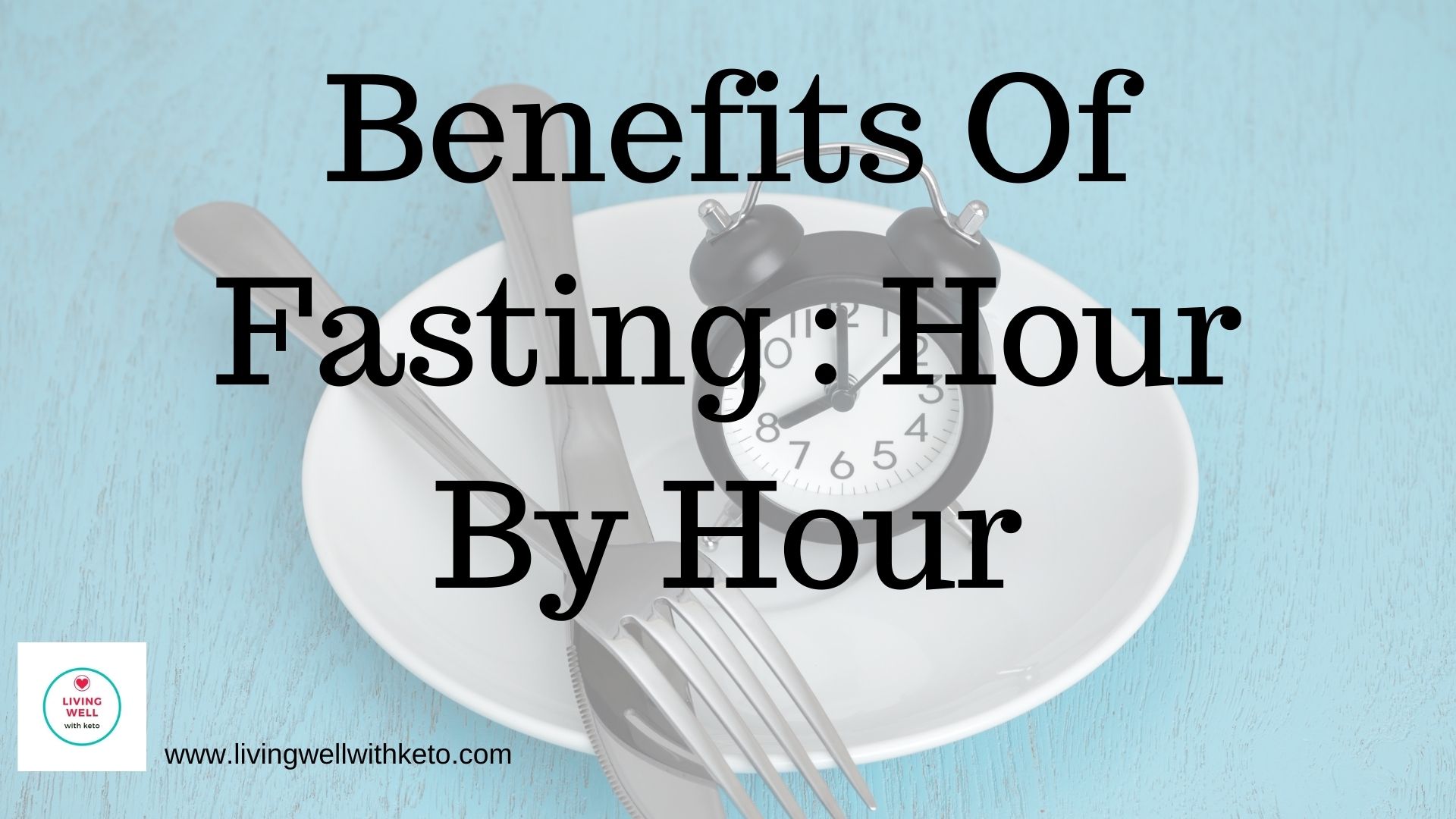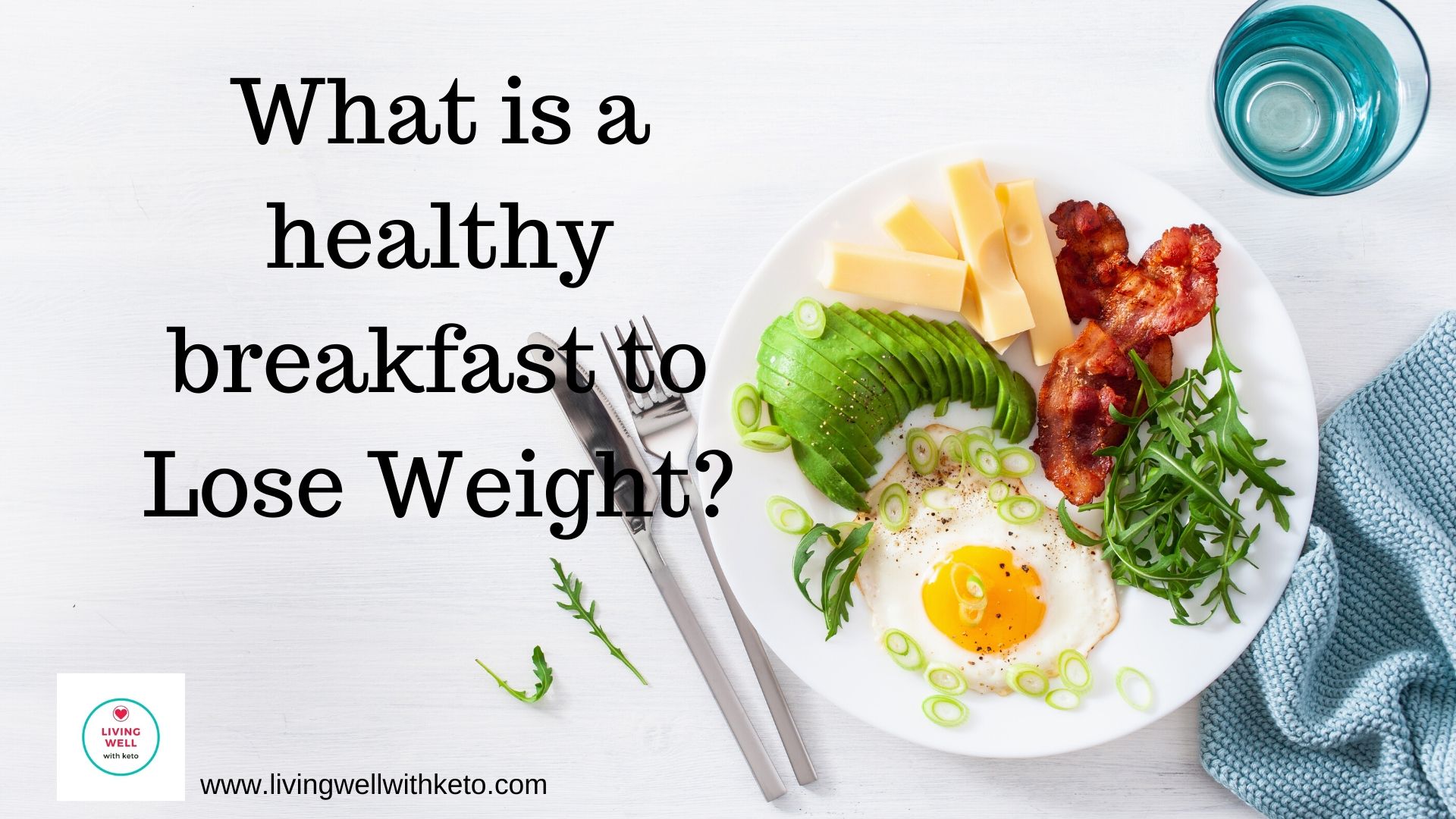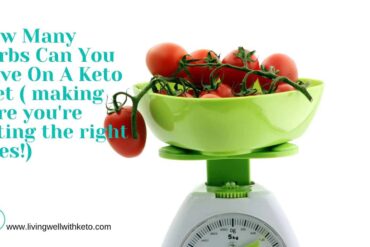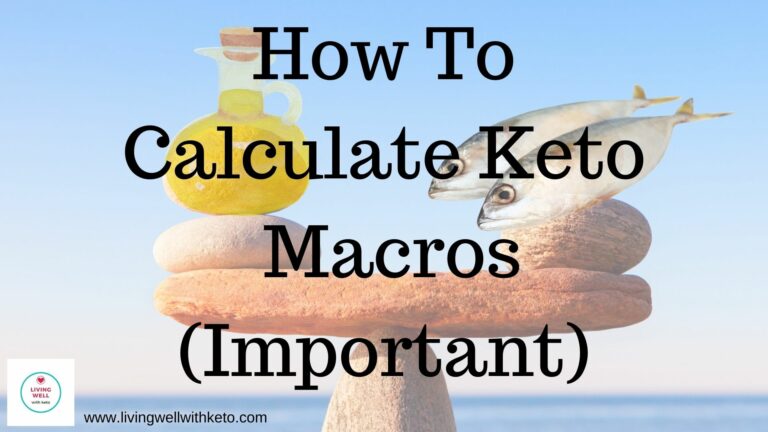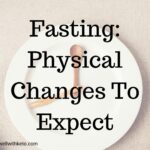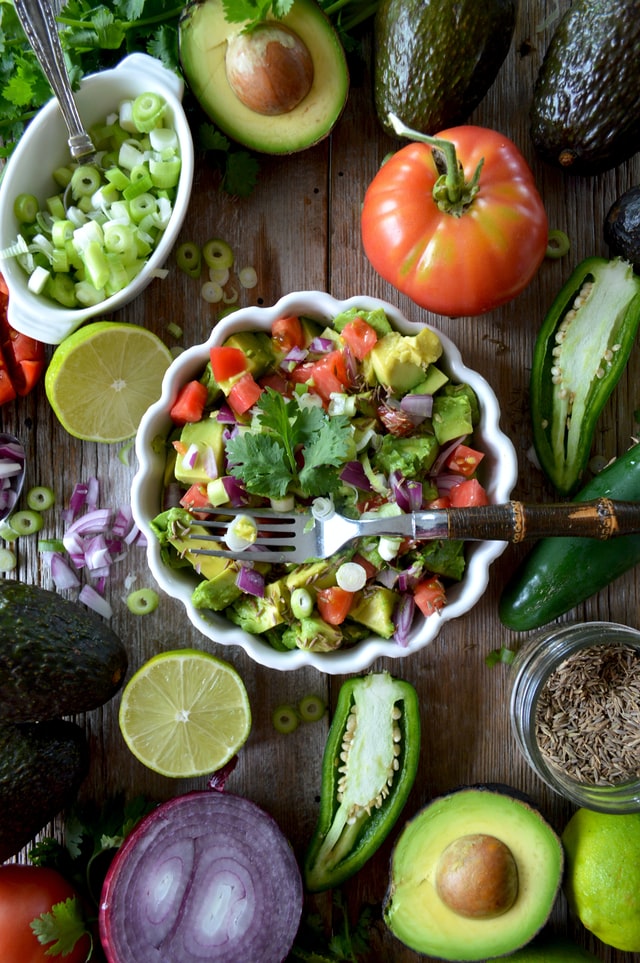If you’re about to start the keto diet you’ll need to know how to calculate keto macros, important for getting the most out of the keto diet plan.
The keto diet is well-known for its ability to shift weight fast – including that hard-to-lose dangerous visceral fat.
Visceral fat, sometimes called belly fat, is formed deep in the abdominal cavity. It’s very close to many internal organs such as the stomach, liver, intestines and pancreas.
The risk is that this fat can wrap itself around the internal organs. This will put you at great risk of many serious health issues.
On top of this, the keto diet has many other proven health benefits including its ability to reverse type 2 diabetes.
Further, by eating low carb keto foods you’ll be reducing Chronic inflammation.
Chronic inflammation is the cause of many serious conditions. The keto diet is based on healthy anti-inflammatory foods.
Keto diet and macros
The keto diet calls for you to eat carbs, fat and protein in a balance that has been shown to be healthy and great for weight loss.
You’ll need to stay below 20g net carbs each day, with moderate amounts of protein.
About 70% to 75% of your total intake should come from fat.
Find your macros with a keto diet calculator.
The easiest way to find your individual macros is to use this keto diet calculator.
This will quickly give you your daily allowances of all three food macros: carbs, proteins and fats.
To get the best out of your keto diet, you should consider staying as close to your recommended amounts as possible.
The keto diet works best when the ratio of carbs, proteins and fats is kept to within a relatively set window.
Carbs for the keto diet
The keto diet is a very low carbohydrate diet.
When you first start on keto, the advice is to limit your daily intake of carbs to below 20g net carbs each day.
You can find the net carb content of food by looking at the total carbs and subtracting and fiber carbs. Due to the fact that fiber passes through the body, there is no need to include this.
In this way you’ll arrive at the important net carb content.
As you get further into the keto diet, you can slowly adjust your carbs upwards, until you find your own carb limit.
This is a very individual thing, and can be best achieved by measuring your ketone levels in your blood.
After a few weeks, you’ll be able to see how far you can push your daily carb intake upwards, while staying in the healthy, weight losing state of ketosis.
One of the easiest ways to track your ketones is with a ketone blood meter.
While its certainly possible to follow the keto diet without ever measuring your ketones, you’ll have more flexibility if you do.
Often people find that their individual carb limit is a lot higher than 20g daily.
However, at the start, you should always aim for this amount as your maximum carb macro.
Keto macro : Protein
It’s often thought that the keto diet means eating high levels of protein, but this is not the case.
The keto diet requires a medium protein intake.
However, to achieve the maximum benefits of keto, you need to keep to the protein levels shown on the calculator.
As an average you should be consuming more or less 0.36 grams of protein per pound (0.8 grams per kg) of body weight.
This amounts to:
- 56 grams per day for the average sedentary man
- 46 grams per day for the average sedentary woman
Protein is a very satiating food, so aim to eat as much as your macros will allow. If you try to cut your protein intake too low, you’ll find that you’re feeling hungry between meals.
Fat macros
If there is one thing the keto diet is known for above all else, this is it: It’s very high fat content.
However, make sure that the fats you eat on the keto diet are all healthy fats. These would include:
- butter ( one tbsp: 11g fat, 0g carbs, 0g protein )
- coconut oil ( one tsp: 4.5g fat, 0g carbs, 0g protein )
- olive oil ( one tbsp: 14g fat, 0g carbs, 0g protein)
- avocado oil ( one tbsp: 14g fat, 0g carbs, 0g protein )
- MCT oil ( one tbsp: 14g fat, 0g carbs, 0g protein)
- cheese – especially hard cheese with its lower carb count ( 28g/ 1oz: cheddar 9g fat, 0g carbs, 7g protein. )
- nuts – macadamia nuts, Brazil nuts and almonds are all low carb – ( 28g/1oz : almonds 14g fat, 6.1 carbs, 6 protein Brazil 18.8 fat, 3.5 carbs, 4.1 protein Macadamia 21.5 fat, 3.9 carbs, 2.2 protein)
- Salmon (110g/ 4 oz: 6.72g fat, 0g carbs, 25g protein)
- Tuna ( One 80g/ 2.8oz canned in oil: 7g fat, 0g carbs, 25g protein)
- Mayonnaise ( 1 tbsp/14g Hellmans: 11g fat, 0g carbs,0g protein)
Completely avoid all seed oils and margarine.
Fats are another macro that you can adjust to suit yourself.
If you find you’re not losing weight as quickly as you would like, simply reduce your fat intake by a little each day until you see your weight loss increasing.
If slow weight loss is an issue for you, only adjust your fat macros. Don’t change the amount of protein and carbs.
Its important to bear in mind that of all the macros, fat is the one which will keep you feeling full the longest.
However, the keto diet is not a calorie controlled diet. It works by acting in tune with your hormones. You should never let yourself go hungry.
Read Stop counting calories: lose weight and gain control for more information about how the keto diet works.
The take home message
When you start the keto diet, you’ll need to know and understand about the importance of balancing your macros.
The three food groups that make up your macros – carbs, protein and fats – have to be eaten in the amounts that will be indicated by the keto diet calculator.
It’s a good idea, as well as easier, to stick fairly rigidly to these macros when you first start the diet.
You’ll need to get comfortable with keto eating before you start adjusting your macros to your individual needs.
Fortunately, it will only be a few weeks before you’re in a position where you can do this, and maintain ketosis at the same time.
Once you have a clear understanding of your macros, and why you have certain set amounts, you will maximize your weight loss.
Further, when you reach the stage of setting your individual macros, you’ll be making sure that the keto diet is both enjoyable and flexible for you.
Weigh and track your food if necessary, and in the begining this will help to keep you on track.
By doing this, you’ll be experiencing the amazing weight loss benefits of the keto diet in just a few short weeks.
